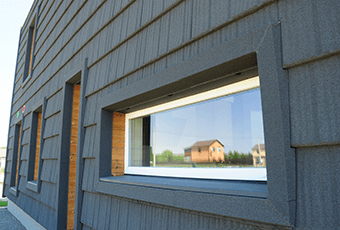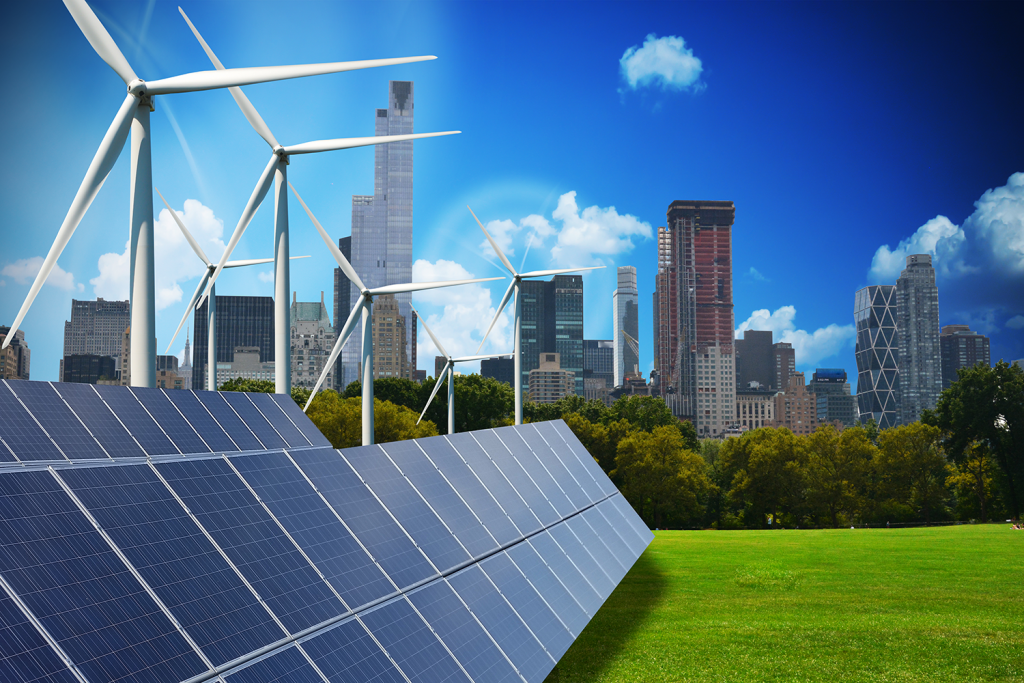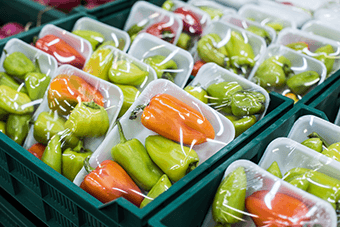
Energy
The European plastics industry is committed to making a major contribution to the European Green Deal for the European Union’s ambitions of reducing greenhouse gas emissions by 2030.
In line with the European Commission’s plan to increase the EU’s greenhouse gas emission reductions target for 2030 to at least 50% and towards 55% compared with 1990 levels, the plastics industry will need to work hand-in-hand with decision-makers and relevant stakeholders towards greener living standards. The plastics industry is committed to making a major contribution to this ambitious goal in the following ways:
Efficient insulation

In buildings, plastics provide effective insulation from cold and heat and prevent air leakages. Plastic insulation materials consume approximately 16% less energy and emit 9% less greenhouse gases than alternative materials. Across their entire life cycle, plastic insulation boards save 150 times the energy used for their manufacture.
Renewable energy

Wind turbines’ rotor blades and photovoltaic panels contain large amounts of plastics, helping to achieve the efficient production of renewable energy. In these two applications, plastics save 140 times and 340 times the emissions produced during their production respectively.
Preventing food losses

Plastic food packaging delivers efficient protection, reduces food waste and extends shelf life, thereby saving energy and greenhouse gas emissions. Plastic packaging for meat, for instance, can extend its shelf life by three to six days, or even longer. Considering that producing one kilo of beef leads to emissions equivalent to three hours of driving, this extended shelf life offers a substantial environmental benefit.
Lightweight applications

Plastics enable lightweight packaging and vehicle weight reductions that combine to result in less CO2 emissions linked to transportation. Plastic packaging weighs only one quarter of comparable alternative packaging solutions, resulting in improved fuel economy and reduced emissions.
Reduced greenhouse gas emissions during manufacturing

Plastic products typically require less energy to produce than alternative materials, especially in applications such as transport, building and construction, packaging and electronic devices. If plastics were to be replaced by alternative materials, their lifecycle energy consumption would be increased by around 57% and greenhouse gas emissions would rise by 61%.
These are just some of the ways in which plastics reduce energy costs and consumption, as well as the emissions of greenhouse gases.